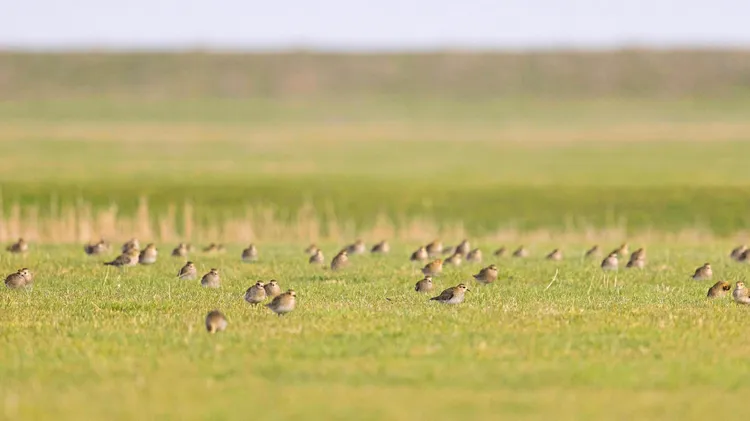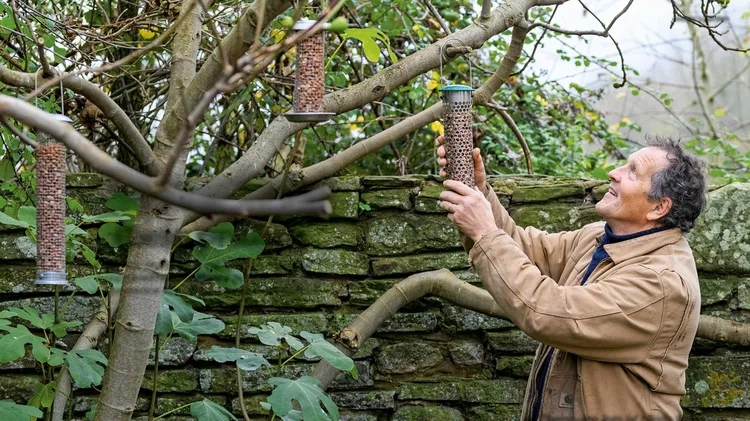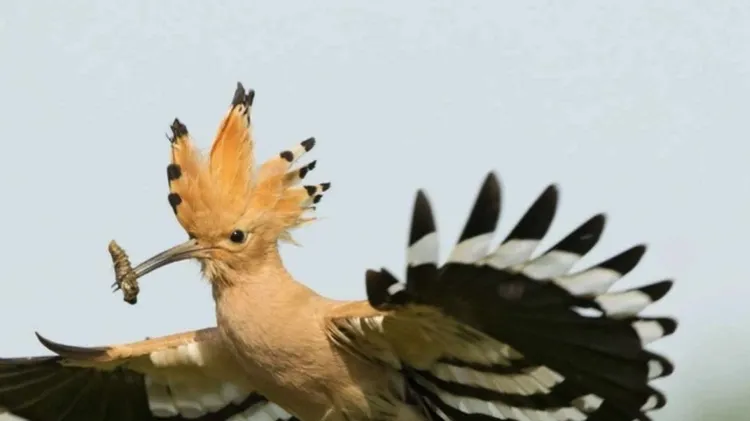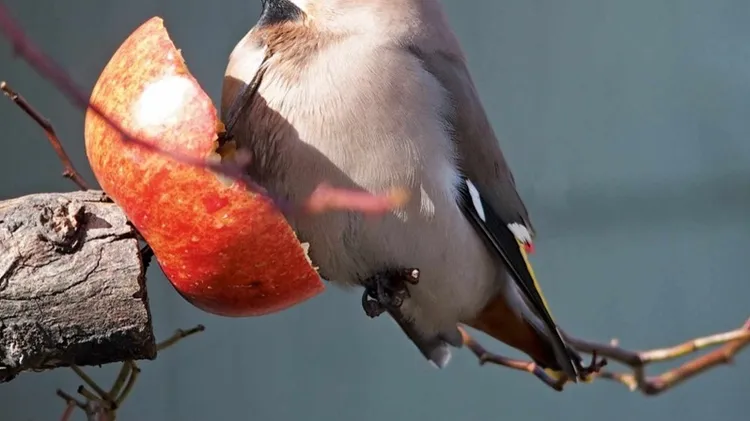Putting the spotlight on the biggest issues in gardening today
Digging deeper
4 min read
This article is from...
Read this article and 8000+ more magazines and newspapers on Readly






